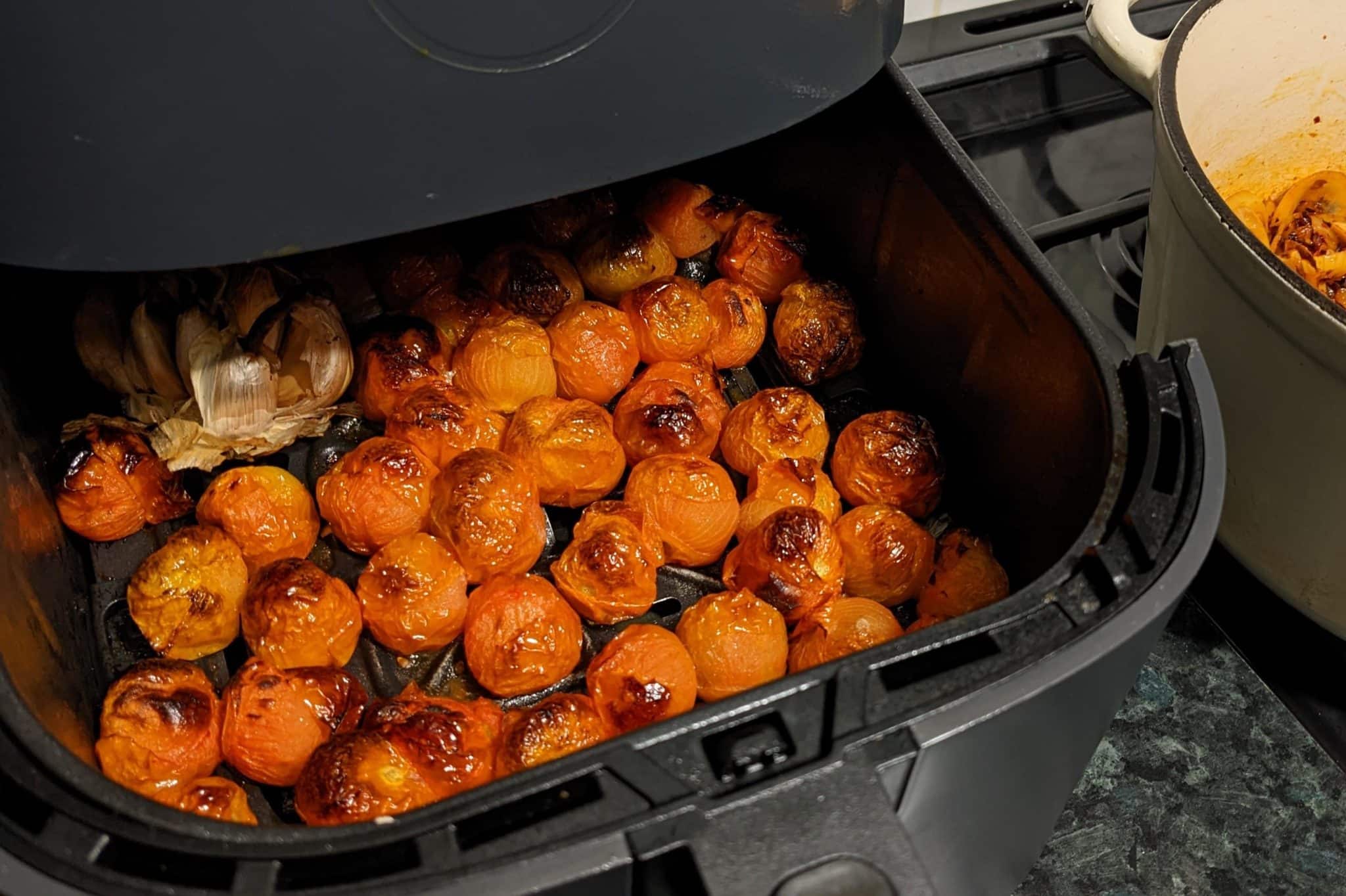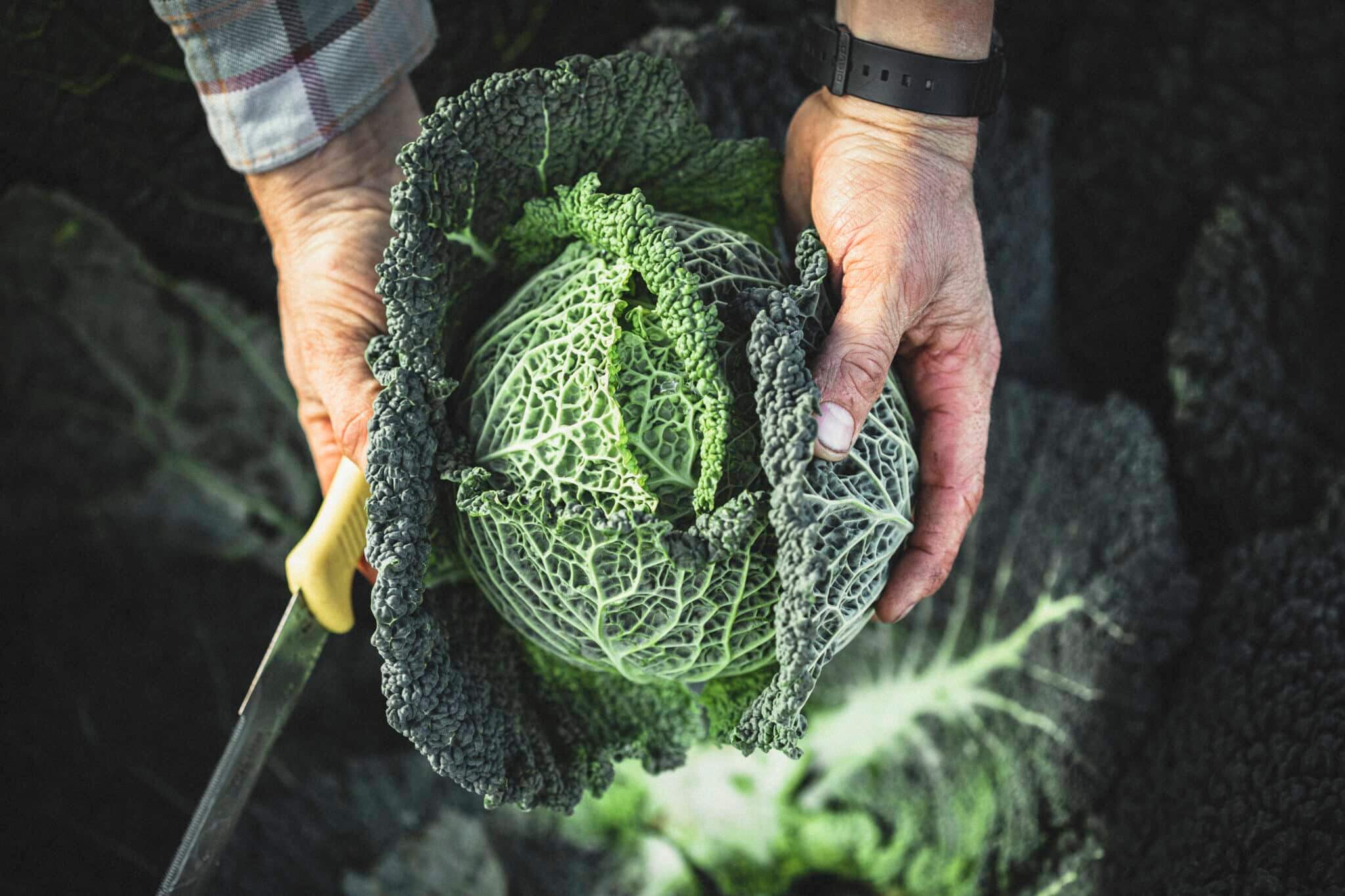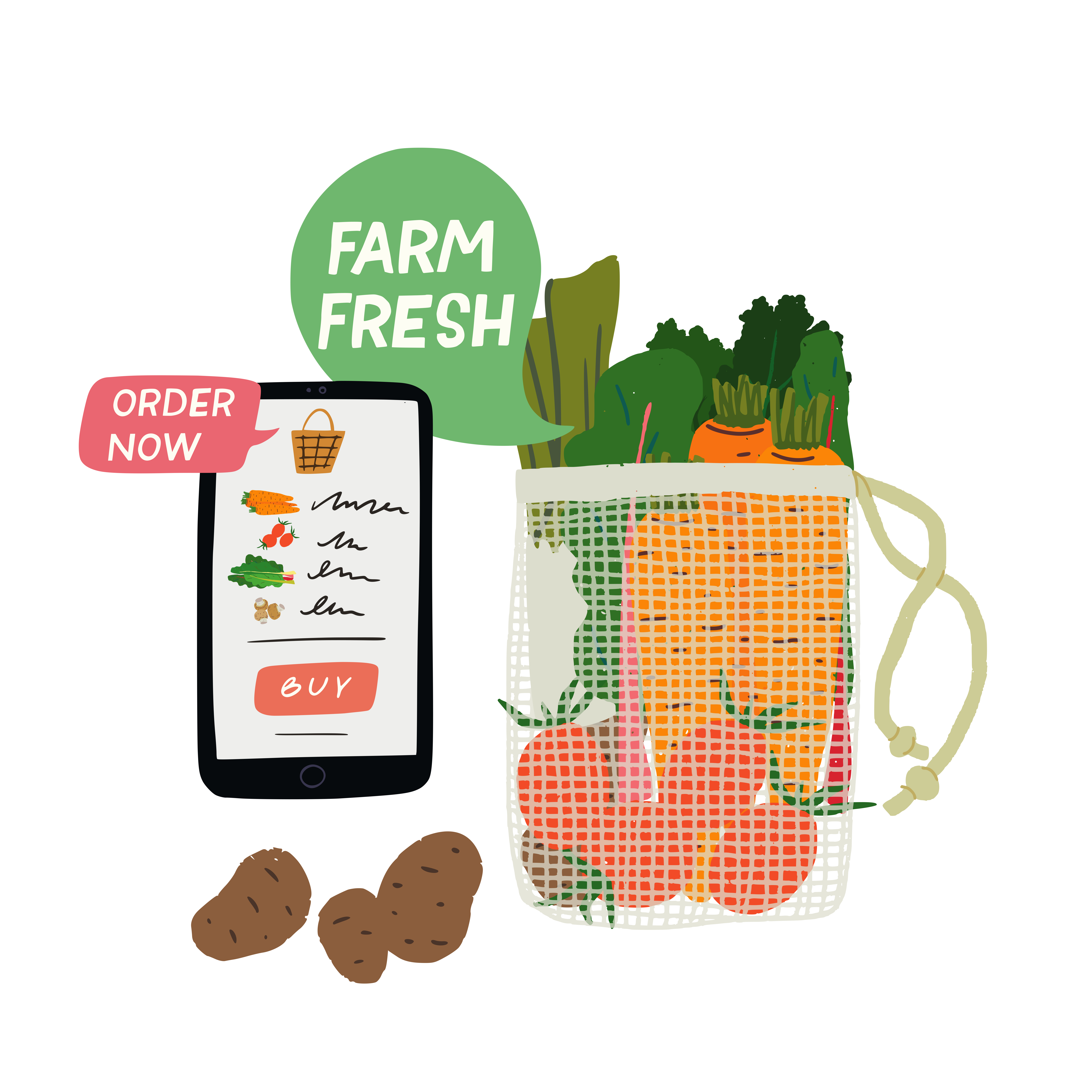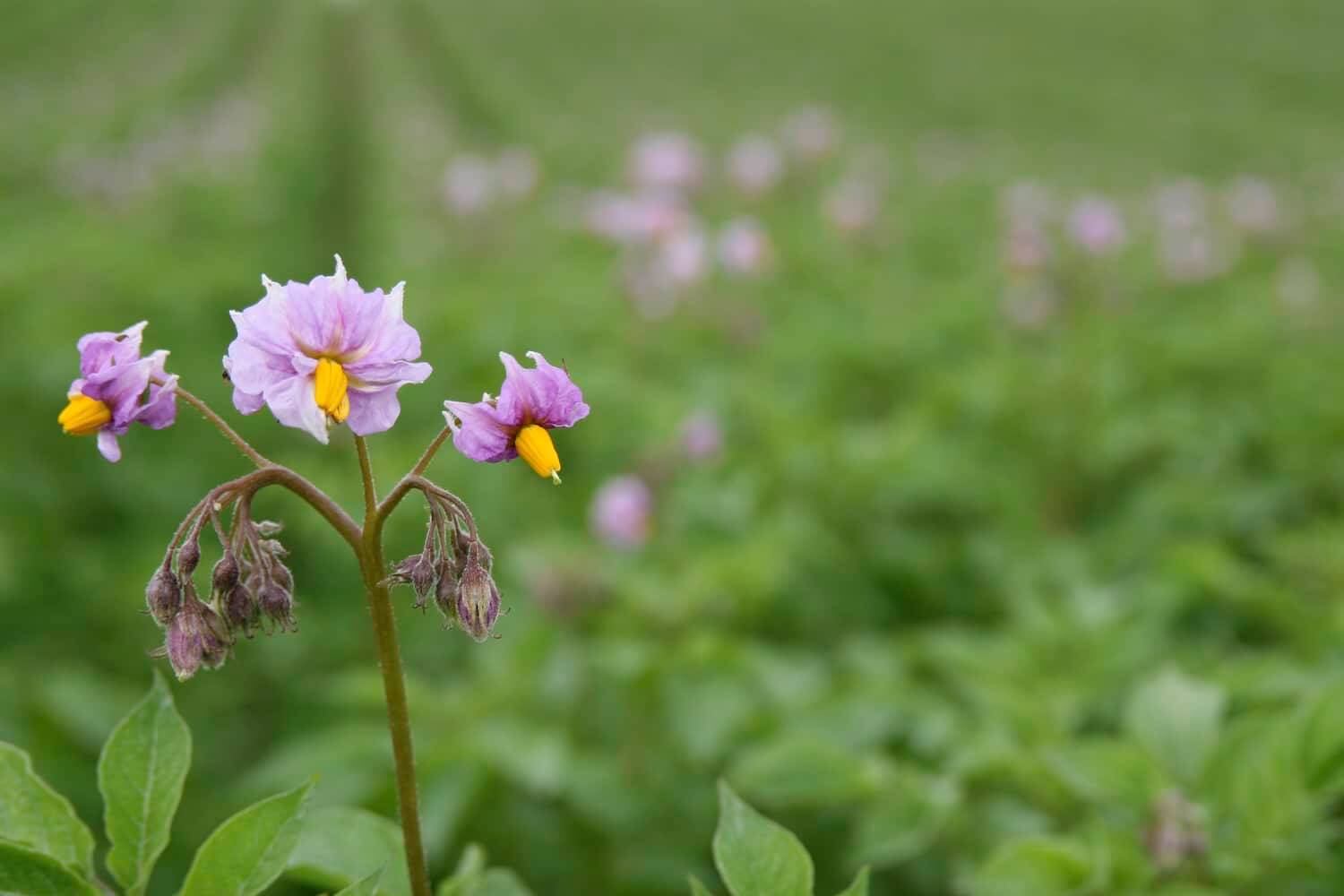A year ago, an air fryer might have sounded like the latest form of lockdown boredom boosting. And slow cooking? Probably something you’d heard about but consigned to those with enough time and organisational power to decide on, and prep, an evening meal before digesting your breakfast.
In food, the interest in low-energy cooking began with one pot recipes, and ready-to-freeze batch cooking. But air fryers and slow cookers are part of a new wave of cooking equipment helping people navigate the cost-of-living crisis and keep energy costs down in the home.
Searches for air fryers on Google are up 400 per cent, as people wonder how much energy they can save and, more importantly, what they can cook. Meanwhile new research by energy tracker Uswitch found a quarter of people are factoring energy costs into their budget for Christmas dinner, and almost a fifth are planning to cook Christmas dinner in an air fryer. A third of households said they will prepare less food to save money on cooking.
Slow cookers, and other more traditional appliances like pressure cookers and microwaves, are also seeing a renaissance. Using less energy, especially via an electric appliance, can also be better for the planet, too, if you’re replacing a gas oven and buying from a green electricity provider like Ecotricity or Octopus.
Are air fryers more energy efficient?
According to research by consumer expert magazine Which?, cooking in an air fryer is, on the whole, cheaper. It’s primarily down to its size and the amount of energy it uses: an air fryer can typically have around 1,500 wattage, while an oven can be anywhere from 3,000 to 6,000.
However, it’s not quite as clear cut.
Air fryers (effectively small plug-in ovens) work by keeping hot air circulating continuously, and they use the same amount of energy while they do so. Ovens, on the other hand, maintain heat once they reach temperature, meaning they are more efficient for food that takes longer.
So, for cooking small amounts of food, like one jacket potato or a portion of veg, an air fryer will be more efficient. For a bigger meal, say five jackets or a few different sides, an oven is likely to be more efficient as it can cook all those foods at the same time.
Which? compared cooking times and cost for a range of different meals, including a roast chicken, chips, and cake, and found that often the air fryer used less than half the energy to cook the same food items.
Meanwhile, research from Uswitch also found air fryers usually offer large energy savings compared to a traditional oven when cooking simple meals. The exception is meals with more ingredients, for example Christmas dinner, where the whole oven is being used, making it more energy efficient.
While costs of buying an air fryer vary (from £37.99 to £300), you might want to consider saving the expense and making use of an electrical appliance you already have, like a microwave.
Pressure cookers versus slow cookers
Pressure cookers work by sealing steam within the appliance to increase the temperature more sharply. This means cooking times are much shorter than slow cookers (hence the name), although they use a lot of energy to do this.
The slow cooker, on the other hand, uses less energy for a longer period. Again, it comes down to what you are cooking – pasta doesn’t take long wherever you cook it, so it would be more efficient to do this in a short-cooking time appliance, like a microwave, or a pressure cooker. In the study by Which?, researchers found a pressure cooker was cheaper in energy costs due to its shorter cooking times for most dishes.
Top three air fryer recipes
- Potatoes, chips or wedges of any variety. With hot air circulating evenly through the holes in the basket, users have reported a satisfying chip crunch.
- For a roasted veg effect without the heavy energy use of an oven, air fry a mix of your favourite seasonal veg for a quick, healthy and low cost side.
- Keep costs down over Christmas and air fry your sprouts, adding your flavour of choice whether that’s miso, bacon or chilli.
Have you got a favourite air fryer recipe? Add yours in the comments below.
More on low-energy cooking:
Slowly does it: Top four recipes for slow cookers.
Best one-pot winter meals to save money.














Oh my goodness Nina! I would NOT recommend trying to cook pasta in a pressure cooker! Anything starchy that froths when boiled is highly likely to interfere with the steam vents etc in the lid, make a lot of mess and make you very cross.
Experienced pressure cooker users [yours truly, 46 years and counting, from single girl in a London bedsit, through marriage and DINKY (double income no kids yet) to having and raising two on poverty income, to retired grandparents], – like me can get away with modest amounts of grains [pearl barley for the casserole], and pulses [chick peas for the home made humous, beans for the stew]. The best way to cook these is in the biggest enamel or Pyrex-type glass or boil-safe plastic bowl you can fit inside the pressure cooker. Pre-soak, rinse, and put food in the bottom of the bowl with enough water to cover. Fill about 5cm depth water in the cooker base, add one of the holey-plate metal trivets and stand the bowl of grain/pulses on it. Bring up to pressure steadily. Once cooked do not hasten cooling much, as this causes the froth to rise towards the lid, which you are trying to avoid.
Choice of veg can help get even more economy from using a pressure cooker. Never ever try cooking ‘brassicas’-gardener term for cabbage, sprouts, cauli, broccoli family in one, the high temperature and pressure cause the taste and texture to become disgusting. But if you want “potatoes roots and greens,” by cutting them in suitable sizes, you can cook eg potatoes/sweet potatoes/squash, carrots or swede or celeriac or parsnips, and leeks or celery as greens, all together in 5 mins from reaching pressure. With watery contents like this, you can lift the cooker to dunk the base in a sink of water if you are in a big hurry to serve up. Or arthritic-joint-friendly, drape a kitchen cloth over the lid and dribble cold water on it till you hear the suck of air as pressure is returned to normal. This avoids lifting a big hot pan at all, you can then dish up with a slotted spoon.
One single pan, not very dirty, to wash. And lovely useful veg stock to my taste unless you cooked swede.
And ref energy companies, I believe -do check- the greenest of all is Good Energy so I don’t know why you didn’t mention them.
I still use a vintage slow cooker.
What I’ve discovered if it’s been on during the day it warms up the entire kitchen – definitely a “win win”.
What about Remoska’s – apparently very low energy use but ove not seen any comparisons